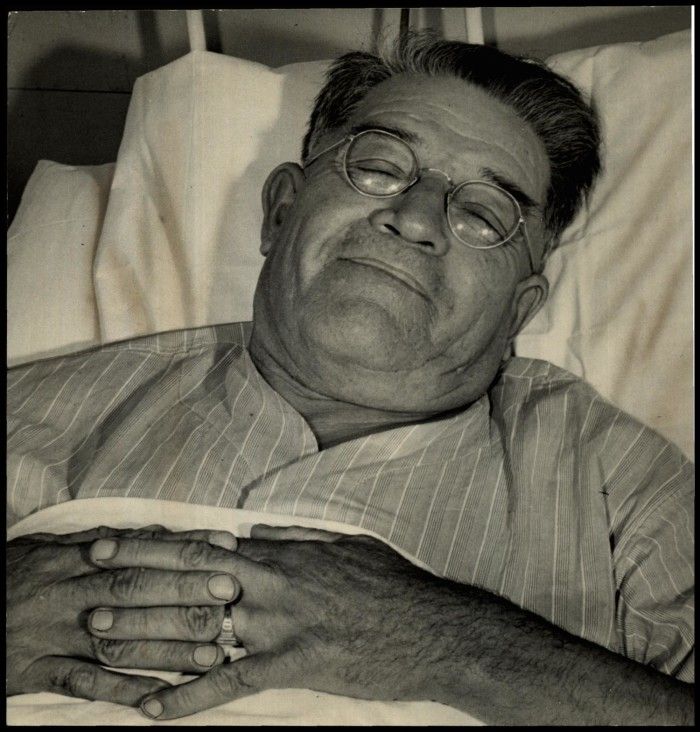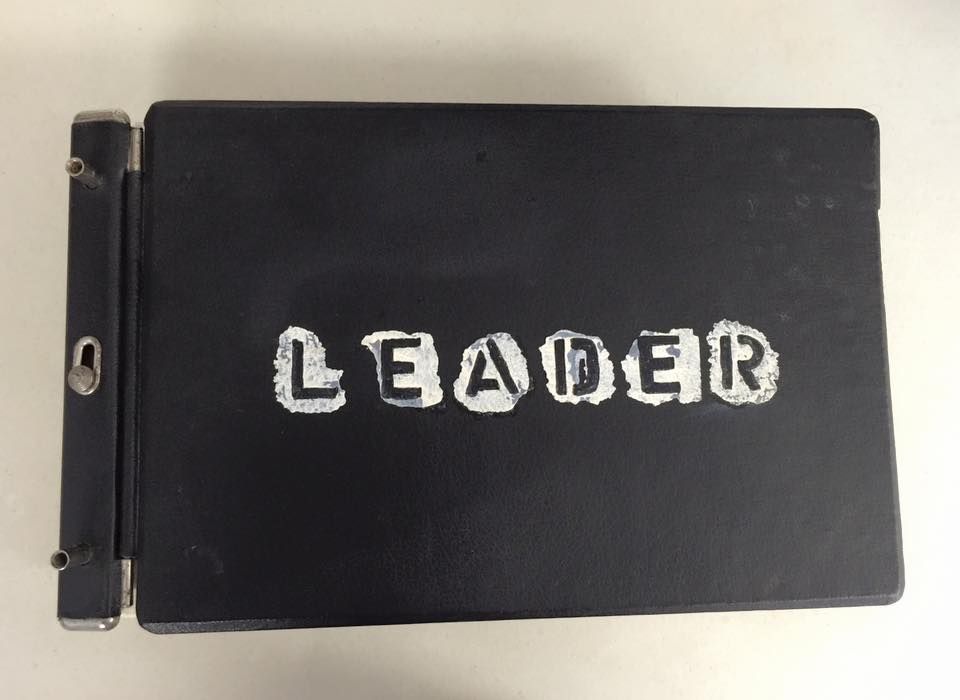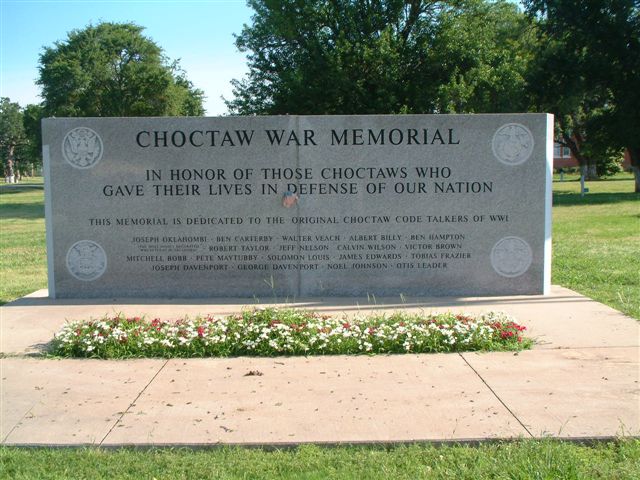Otis W. Leader, another hero of World War I, was born near Citra in Hughes County, on November 5, 1882. He entered the army at the age of thirty-five, one of the oldest men in the service. He had attended Oklahoma Presbyterian College and Texas A&M playing baseball and football in his youth. Upon his arrival in France, Leader was selected to pose as the model representative of the newly arrived American soldiers by a French artist commissioned to paint portraits of the Allied army by the French government. His portrait and statue are in Paris and London. Winning the French Croix de Guerre twice, a Purple Heart, and Battle Stars for Sommerviller, Ansauville, Picardy, Cantigny, Second Marne, St. Mihiel, Meuse-Argonne, Mouson-Sedan, and Coblenz Bridgehead, Leader was called one of the "war's greatest fighting machines" by General Pershing. On the night of November 2, 1917, Leader's company drew the first relief assignment, moving into the trenches at Bathlemont. The following day his company defended the flank in the first engagement of Americans in combat of World War I. On May 28, 1918, Leader was wounded and gassed during the American offensive at Cantigny but rejoined his division near Soissons in July. In the next battle, he crawled through a ravine to attack a machine gun nest. Getting within sixty feet of the enemy, Leader picked up a rifle and fought with the infantry after his own machine gun crew had all been killed. Attacking the German positions, Leader captured two machine guns and eighteen enemy soldiers manning them. On October 1, 1918, he was wounded again and hospitalized at Vichy. He was still in the hospital when the armistice was signed on November 11. Returning to Oklahoma, Leader quietly married Minnie Lee and moved to Scipio in Pittsburg County, where he worked with the Highway Department for twenty-five years before retiring to Lehigh. In 1955, the Oklahoma House of Representatives praised Leader as the Outstanding Soldier of World War I. He was buried at Coalgate in 1961.
(Texas Military Forces Museum)
For his valor, Leader received a Purple Heart, two Silver Stars, the Distinguished Service Cross, nine battle stars and two individual awards of the Croix de Guerre, France's highest military honor.
Otis W. Leader, another hero of World War I, was born near Citra in Hughes County, on November 5, 1882. He entered the army at the age of thirty-five, one of the oldest men in the service. He had attended Oklahoma Presbyterian College and Texas A&M playing baseball and football in his youth. Upon his arrival in France, Leader was selected to pose as the model representative of the newly arrived American soldiers by a French artist commissioned to paint portraits of the Allied army by the French government. His portrait and statue are in Paris and London. Winning the French Croix de Guerre twice, a Purple Heart, and Battle Stars for Sommerviller, Ansauville, Picardy, Cantigny, Second Marne, St. Mihiel, Meuse-Argonne, Mouson-Sedan, and Coblenz Bridgehead, Leader was called one of the "war's greatest fighting machines" by General Pershing. On the night of November 2, 1917, Leader's company drew the first relief assignment, moving into the trenches at Bathlemont. The following day his company defended the flank in the first engagement of Americans in combat of World War I. On May 28, 1918, Leader was wounded and gassed during the American offensive at Cantigny but rejoined his division near Soissons in July. In the next battle, he crawled through a ravine to attack a machine gun nest. Getting within sixty feet of the enemy, Leader picked up a rifle and fought with the infantry after his own machine gun crew had all been killed. Attacking the German positions, Leader captured two machine guns and eighteen enemy soldiers manning them. On October 1, 1918, he was wounded again and hospitalized at Vichy. He was still in the hospital when the armistice was signed on November 11. Returning to Oklahoma, Leader quietly married Minnie Lee and moved to Scipio in Pittsburg County, where he worked with the Highway Department for twenty-five years before retiring to Lehigh. In 1955, the Oklahoma House of Representatives praised Leader as the Outstanding Soldier of World War I. He was buried at Coalgate in 1961.
(Texas Military Forces Museum)
For his valor, Leader received a Purple Heart, two Silver Stars, the Distinguished Service Cross, nine battle stars and two individual awards of the Croix de Guerre, France's highest military honor.
Inscription
CPL OS CASUAL CONV DET
WORLD WAR I SS-PH

















